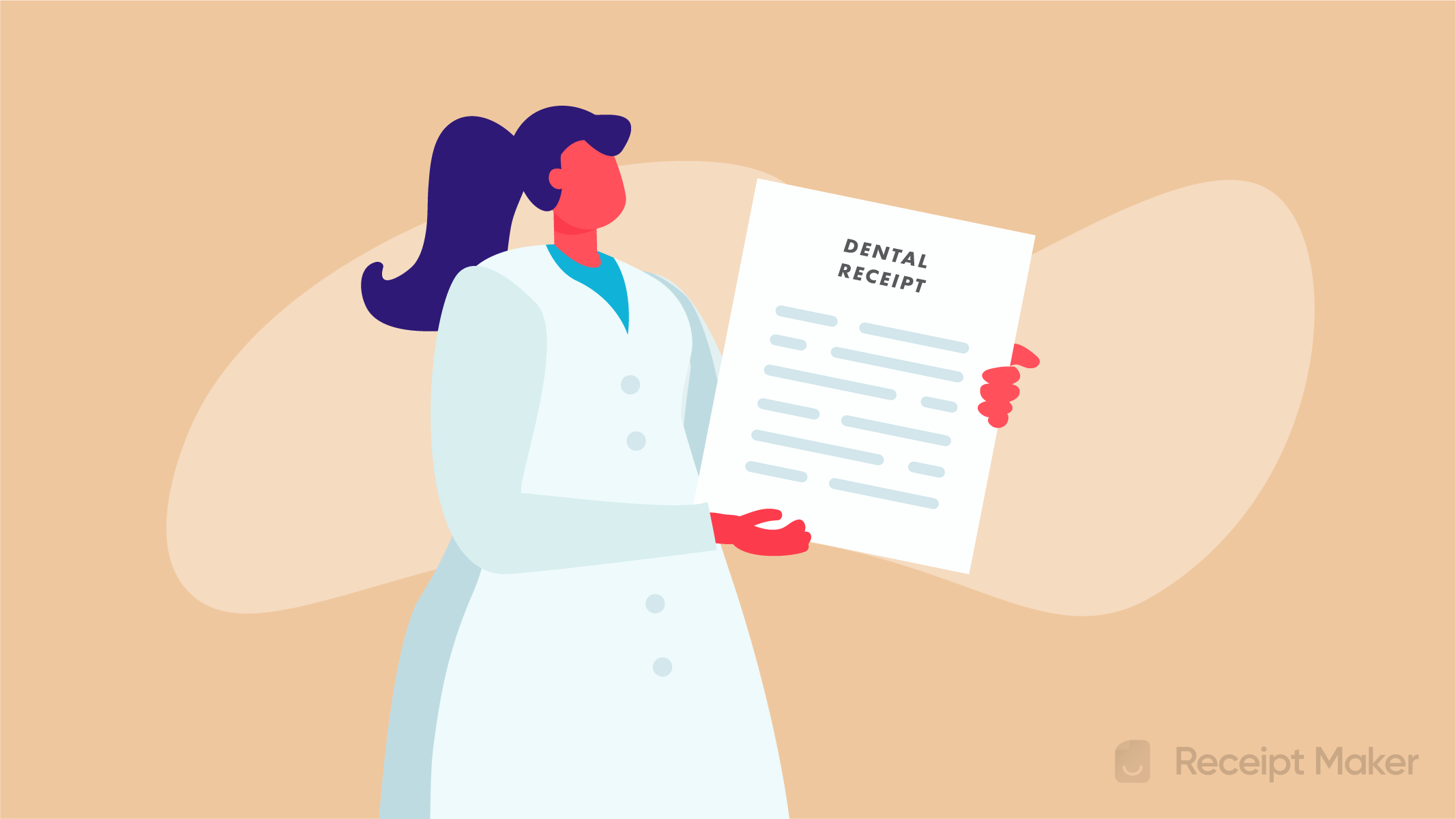 It includes information about the procedures and medications provided to the patient and a breakdown of associated costs. If the patient’s insurance provider contributed any funds to the overall costs, those will be reflected in the dental receipt too. Alternatively, when patients pay in full up-front, they can use this receipt to claim a reimbursement from their insurance provider.
It includes information about the procedures and medications provided to the patient and a breakdown of associated costs. If the patient’s insurance provider contributed any funds to the overall costs, those will be reflected in the dental receipt too. Alternatively, when patients pay in full up-front, they can use this receipt to claim a reimbursement from their insurance provider.
Table of Contents
Who Uses a Dental Receipt?
Any medical office or independent contractor licensed in their field and provides dental-related services to the public can use a dental receipt. These include but aren’t limited to the following:
- Cosmetic dentists;
- Dental anesthesiologists;
- Dental hygienists;
- Endodontists;
- General dentists;
- Geriatric dentists;
- Orofacial pain (OFP) practitioners;
- Oral pathologists;
- Oral radiologists;
- Oral surgeons;
- Orthodontists;
- Pediatric dentists;
- Periodontists;
- Prosthodontists; and
- Restorative dentists.
Are Dental Services Subject to Sales Taxes?
Dental services are subject to state sales taxes in the following states:
What to Include
- Date and time of procedure;
- Dental office name, address, phone number, email address, and website;
- Dentists name and license number;
- Description of medications administered and their dosages;
- Description of procedures performed and their associated costs;
- Insurance copayments (if applicable)
- Patient name, address, and phone number;
- Payment method (cash, check, credit card, other);
- Receipt number;
- Tax rate (if applicable);
- Tax amount (if applicable);
- Total amount due;
- Total balance due; and
- Transaction date.
